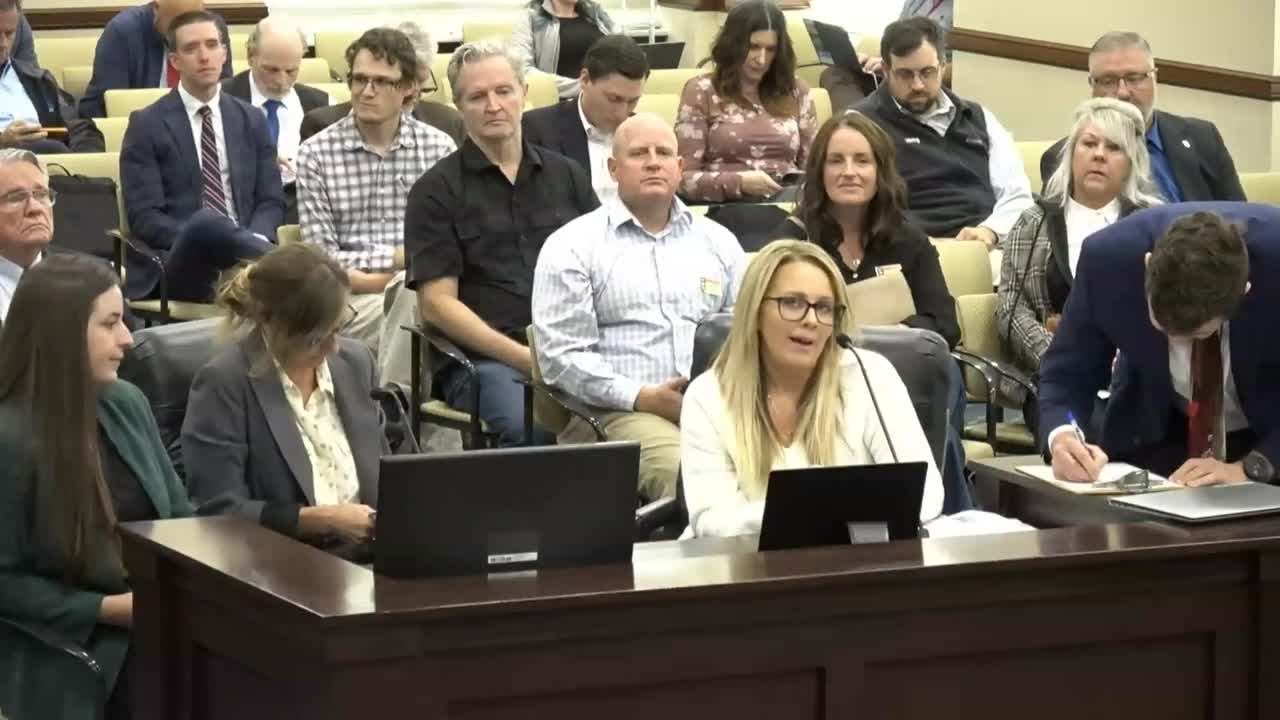Farmers Fight Back Against Threats to Agricultural Land
September 18, 2024 | Utah Interim, Utah Legislative Branch, Utah
This article was created by AI summarizing key points discussed. AI makes mistakes, so for full details and context, please refer to the video of the full meeting. Please report any errors so we can fix them. Report an error »

In a recent government meeting, concerns were raised regarding the impact of new housing policies on agricultural land in Utah. A local farmer, representing a long lineage of agricultural heritage, expressed frustration over what she perceives as a loss of local control due to policies being imposed by unelected entities. She highlighted the challenges of building multifamily housing on unstable soil types prevalent in her area, warning that such developments could lead to significant costs and further strain limited resources.
The farmer emphasized the importance of agricultural protection areas, noting that current discussions around development do not adequately involve the county Agricultural Protection Board or the Utah Department of Agriculture and Food (UDAF). She pointed out that state statutes prioritize agricultural uses and require that any development plans affecting these areas be submitted for review, a process she claims is being overlooked.
Representative Perucci echoed these concerns, questioning the implications of moving farmland for development, especially when landowners are resistant to such changes. The representative highlighted the broader issue of agricultural land loss across the state and the need for policies that consider local conditions rather than applying a one-size-fits-all approach.
Carson Eilers from the Utah League of Cities and Towns responded by acknowledging the growth challenges facing Utah, emphasizing the importance of long-range planning and local implementation. He clarified that while the new plan does not mandate changes, it encourages cities to consider future land use, balancing development needs with agricultural preservation.
The discussion also touched on the sensitive topic of eminent domain, with officials clarifying that while the Utah Transit Authority (UTA) has authority over its own land, it does not possess eminent domain powers. This clarification aimed to address concerns about potential government overreach in land use decisions.
Overall, the meeting underscored the tension between development and agricultural preservation, highlighting the need for ongoing dialogue and collaboration among local governments, agricultural stakeholders, and state agencies to ensure that both growth and agricultural interests are respected.
The farmer emphasized the importance of agricultural protection areas, noting that current discussions around development do not adequately involve the county Agricultural Protection Board or the Utah Department of Agriculture and Food (UDAF). She pointed out that state statutes prioritize agricultural uses and require that any development plans affecting these areas be submitted for review, a process she claims is being overlooked.
Representative Perucci echoed these concerns, questioning the implications of moving farmland for development, especially when landowners are resistant to such changes. The representative highlighted the broader issue of agricultural land loss across the state and the need for policies that consider local conditions rather than applying a one-size-fits-all approach.
Carson Eilers from the Utah League of Cities and Towns responded by acknowledging the growth challenges facing Utah, emphasizing the importance of long-range planning and local implementation. He clarified that while the new plan does not mandate changes, it encourages cities to consider future land use, balancing development needs with agricultural preservation.
The discussion also touched on the sensitive topic of eminent domain, with officials clarifying that while the Utah Transit Authority (UTA) has authority over its own land, it does not possess eminent domain powers. This clarification aimed to address concerns about potential government overreach in land use decisions.
Overall, the meeting underscored the tension between development and agricultural preservation, highlighting the need for ongoing dialogue and collaboration among local governments, agricultural stakeholders, and state agencies to ensure that both growth and agricultural interests are respected.
View full meeting
This article is based on a recent meeting—watch the full video and explore the complete transcript for deeper insights into the discussion.
View full meeting

